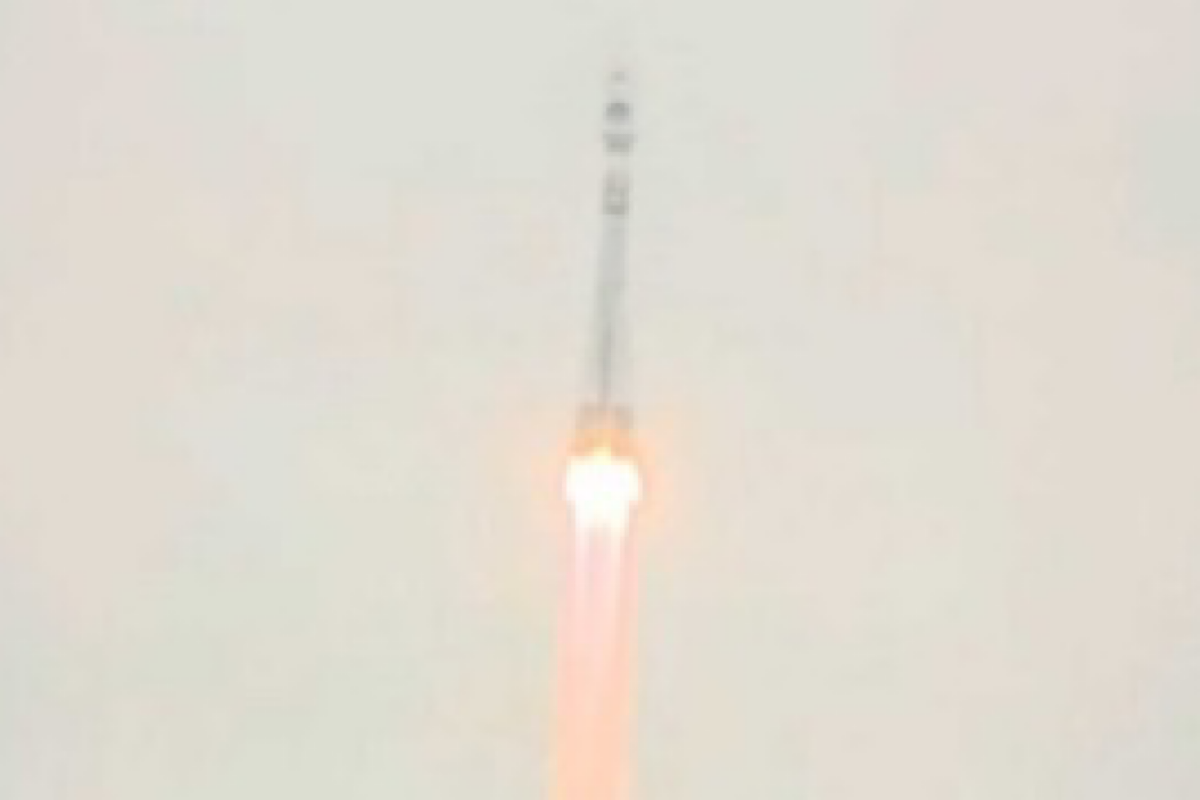Russian scientists have activated scientific devices on the Luna-25 spacecraft, on its way to the Moon, and have also started processing the first data, Russia’s space agency Roscosmos said on Sunday.
“Luna-25 continues its flight to the Earth’s natural satellite — all systems of the automatic station are working properly, communication with it is stable, the energy balance is positive,” Roscosmos said in a statement published on the Telegram messaging app.
“The first measurement data on the flight to the Moon has been obtained, and the project’s scientific team has begun processing it,” Roscosmos said.
After 47 years, Russia is set to return to the Moon with its Luna 25 lander mission.
Luna-25 took off atop a Soyuz-2.1b rocket from the Vostochny launch facility in Russia at 2:10 a.m. Moscow time (4:40 am IST) on Friday, TASS news agency reported.
Russia’s last lunar mission, Luna-24 was launched in 1976, during the former Soviet Union period.
With Luna-25 Russia aims to be the first nation to make a soft landing on the lunar south pole.
Luna-25’s “most important task, to put it simply, is to sit where no one has sat,” Maxim Litvak, a chief scientist for the mission from Russia’s Space Research Institute (known by the acronym IKI), said in a posting on the IKI website earlier.
“Now everyone is aiming for the polar regions; this area is intriguing to everyone in the scientific community,” Litvak said.
“There are signs of ice in the soil of the Luna-25 landing area; this can be seen from data from orbit. In the equatorial regions where we landed earlier, this is not the case.”
Interestingly, Luna-25 is slated to touch down around the same time, and in the same general area, as India’s Chandrayaan 3 probe, which launched on July 14 and arrived in lunar orbit on August 6.
Media reports quoted Roscosmos as saying that the Luna-25 will not impede Chandrayaan-3, as the two missions will land on different areas. It added that there was enough space on the Moon for everyone.
Meanwhile, the US space agency NASA also plans to establish one or bases near the moon’s south pole by the end of the 2020s, via its Artemis programme.
Luna-25 is expected to reach the Moon’s orbit on August 16 before landing on August 21.
The spacecraft will spend between three and seven days about 100 km above the lunar surface before touching down in the area of the Boguslawsky crater.
Manzinus and Pentland-A craters have been named as alternative landing sites.
Once landing safely, Luna-25 aims to work on the lunar surface for at least one Earth year.












